The Superb Lyrebird: Master of Mimicry and Keystone Species of the Australian Forest
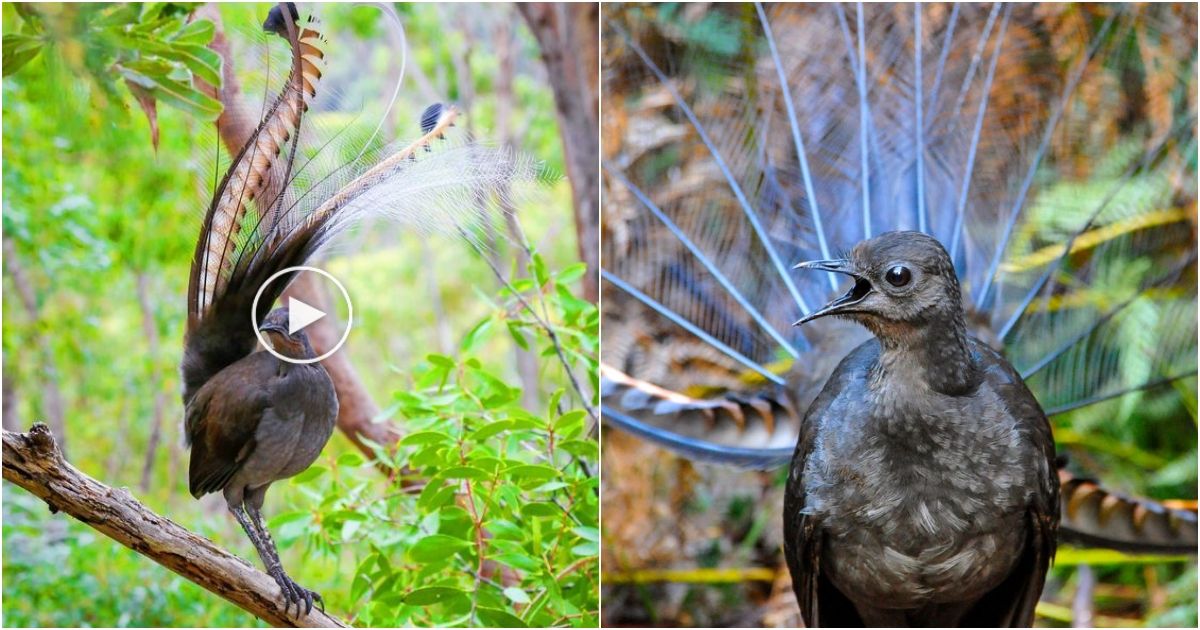
The Superb Lyrebird, indeed, is a fascinating bird with its unique abilities and ecological significance. Its mimicry skills are unparalleled in the avian world, making it a true master of mimicry. Male Superb Lyrebirds have an elaborate courtship display, during which they mimic various sounds to attract females. They can mimic the calls of over 20 different bird species, including kookaburras, cockatoos, and rosellas, as well as other forest sounds like running water and rustling leaves. They accomplish this by precisely controlling their vocal muscles and using their syrinx, a specialized vocal organ found in birds.
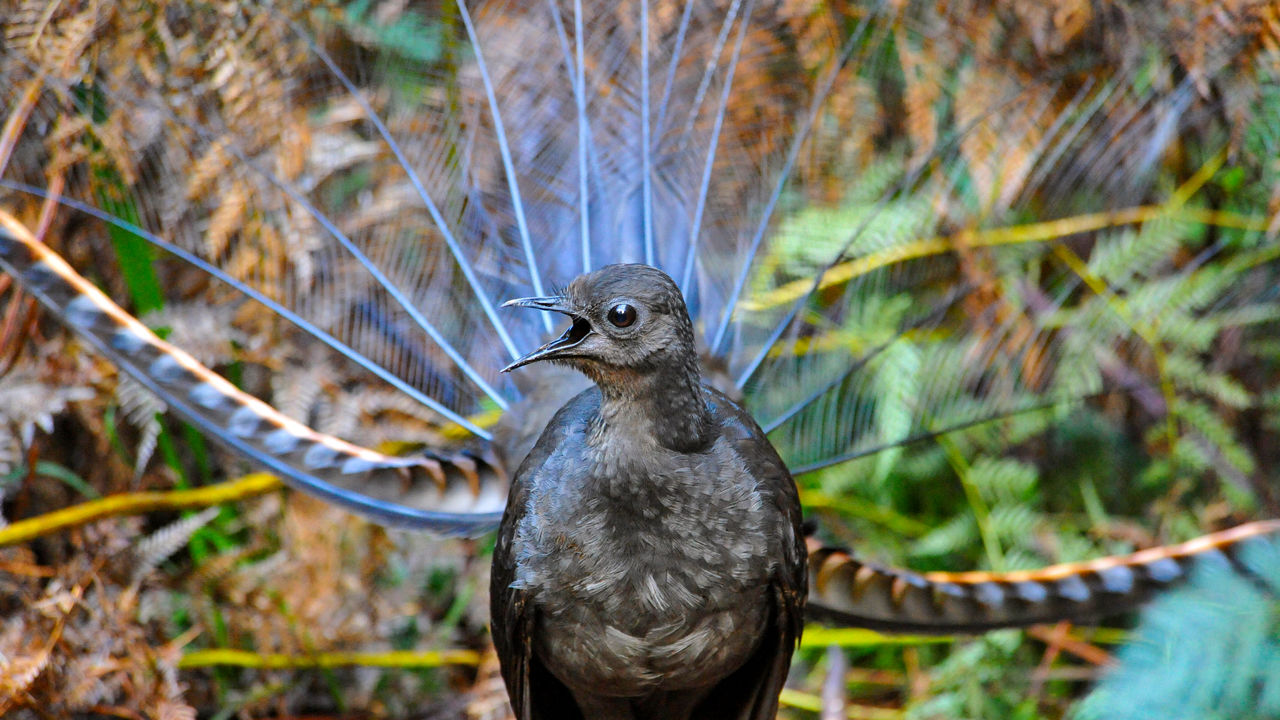
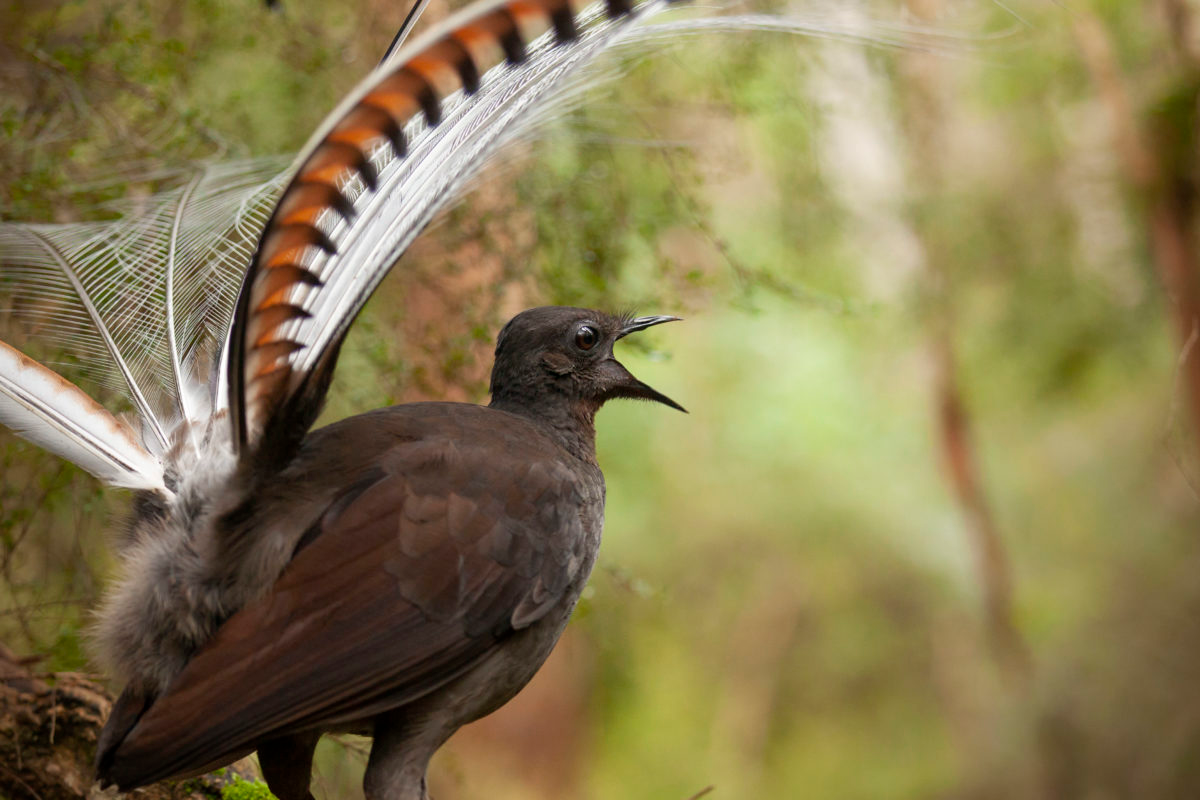 Unfortunately, the Superb Lyrebird, like many other species, faces numerous threats. Habitat loss and fragmentation due to deforestation, logging, and land use changes pose significant challenges to their survival. The destruction of their forest habitat limits their available foraging areas and disrupts their ability to find suitable mates during the breeding season. Climate change also poses a threat, as it can alter the distribution of their preferred habitat and impact the availability of food resources.
Unfortunately, the Superb Lyrebird, like many other species, faces numerous threats. Habitat loss and fragmentation due to deforestation, logging, and land use changes pose significant challenges to their survival. The destruction of their forest habitat limits their available foraging areas and disrupts their ability to find suitable mates during the breeding season. Climate change also poses a threat, as it can alter the distribution of their preferred habitat and impact the availability of food resources.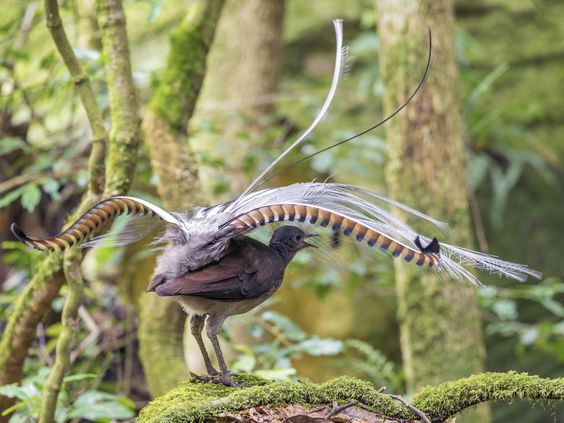 Conservation efforts are underway to protect the Superb Lyrebird and its forest habitat. Initiatives include the establishment of protected areas, reforestation projects, and raising awareness about the importance of preserving this unique species. Additionally, research is being conducted to better understand the Superb Lyrebird’s ecological needs and behaviors, which can inform targeted conservation strategies.
Conservation efforts are underway to protect the Superb Lyrebird and its forest habitat. Initiatives include the establishment of protected areas, reforestation projects, and raising awareness about the importance of preserving this unique species. Additionally, research is being conducted to better understand the Superb Lyrebird’s ecological needs and behaviors, which can inform targeted conservation strategies. 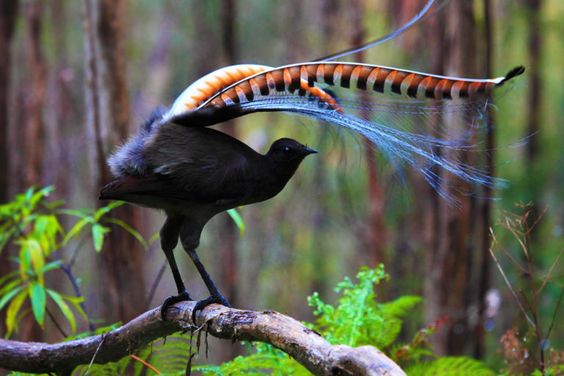 By recognizing the beauty and ecological significance of the Superb Lyrebird and taking action to protect its habitat, we can contribute to the preservation of this remarkable bird and the overall health of the Australian forest ecosystem. Supporting conservation organizations, advocating for sustainable land management practices, and promoting education and awareness about the importance of biodiversity are crucial steps in ensuring the long-term survival of the Superb Lyrebird and other species that rely on the forest habitat.
By recognizing the beauty and ecological significance of the Superb Lyrebird and taking action to protect its habitat, we can contribute to the preservation of this remarkable bird and the overall health of the Australian forest ecosystem. Supporting conservation organizations, advocating for sustainable land management practices, and promoting education and awareness about the importance of biodiversity are crucial steps in ensuring the long-term survival of the Superb Lyrebird and other species that rely on the forest habitat. 



